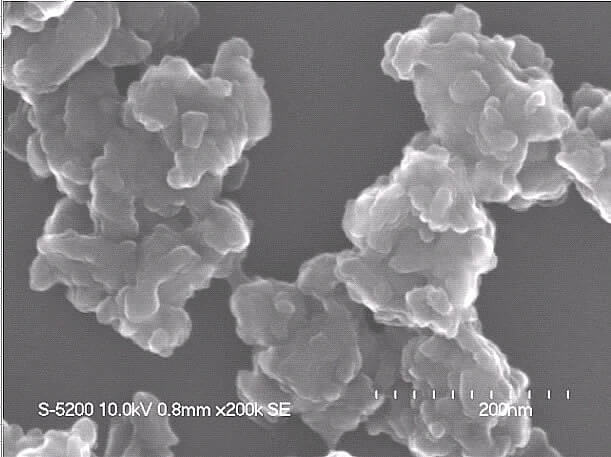Researchers at UCLA’s Jonsson Comprehensive Cancer Center have developed a new drug delivery system using nanodiamonds (NDs) that allows for direct application of chemotherapy to brain tumors with fewer harmful side effects and better cancer-killing efficiency than existing treatments.
The study was a collaboration between Dean Ho, professor, division of oral biology and medicine, division of advanced prosthodontics, and department of bioengineering and co-director of the Weintraub Center for Reconstructive Biotechnology at UCLA School of Dentistry and colleagues from the Lurie Children’s Hospital of Chicago and Northwestern University Feinberg School of Medicine.
Glioblastoma is the most common and lethal type of brain tumor. Despite treatment with surgery, radiation and chemotherapy, median survival time of patients with glioblastoma is less than 1.5 years. This tumor is notoriously difficult to treat in part because chemotherapy drugs injected on their own often are unable to cross the blood-brain barrier, which is the system of protective blood vessels that surround the brain. Also, most drugs do not stay concentrated in the tumor tissue long enough to be effective.
The drug doxorubicin (DOX) is a common chemotherapy agent that is a promising treatment for a broad range of cancers, and served as a model drug for treatment of brain tumors when injected directly into the tumor. Ho’s team originally developed a strategy for strongly attaching DOX molecules to ND surfaces, creating a combined substance called ND-DOX.
Nanodiamonds can carry a broad range of drug compounds and prevent the ejection of drug molecules that are injected on their own by proteins found in cancer cells. Thus the ND-DOX stays in the tumor longer than DOX alone, exposing the tumor cells to the drug much longer without affecting the tissue surrounding the tumor.
Ho and colleagues hypothesized that glioblastoma might be efficiently treated with a nanodiamond-modified drug using a technique called convection enhanced delivery (CED), by which they injected ND-DOX directly into brain tumors in rodent models.
The researchers found that the ND-DOX levels in the tumor were retained for a duration far beyond that of DOX alone. The DOX was taken into the tumor and stayed in the tumor longer when attached to NDs. ND-DOX also increased programmed cell death (apoptosis) and decreased cell viability in glioma (brain cancer) cell lines.
Their results also showed for the first time that ND- DOX delivery limited the amount of DOX that was distributed outside the tumor and reduced toxic side effects while keeping the drug in the tumor longer and increasing tumor-killing efficiency for brain cancer treatment. Treatment was more effective and survival time increased significantly in rats treated with ND-DOX compared to those given unmodified DOX. Further research will expand the list of brain cancer chemotherapy drugs that can be attached to the ND surface to improve treatment and reduce side effects.
“Nanomaterials are promising vehicles for treating different types of cancer,” Ho said. “We’re looking for the drugs and situations where nanotechnology actually helps chemotherapy function better, making it easier on the patient and harder on the cancer.”
Ho went on to say that the ND has many facets, almost like the surface of a soccer ball, and can bind to DOX very strongly and quickly. To have a nanoparticle that has translational significance it has to have as many benefits as possible engineered into one system as simply as possible. CED of ND-DOX offers a powerful treatment delivery system against these very difficult and deadly brain tumors.
Ho adds that a project of this scale has been successful due to the multi-disciplinary and proactive interactions between his team of bioengineers and outstanding clinical collaborators from Northwestern and Lurie Children’s Hospital.
The study appears in the advance online issue of the peer-reviewed journal Nanomedicine: Nanotechnology, Biology and Medicine.
This research was supported by The National Science Foundation CAREER Award, the Center for Scalable and Integrated NanoManufacturing, the V Foundation for Cancer Research Scholars Award, the Wallace H. Coulter Foundation Translational Research Award, the Society for Laboratory Automation and Screening Endowed Fellowship, Beckman Coulter, the European Commission funding program, and the National Cancer Institute.

